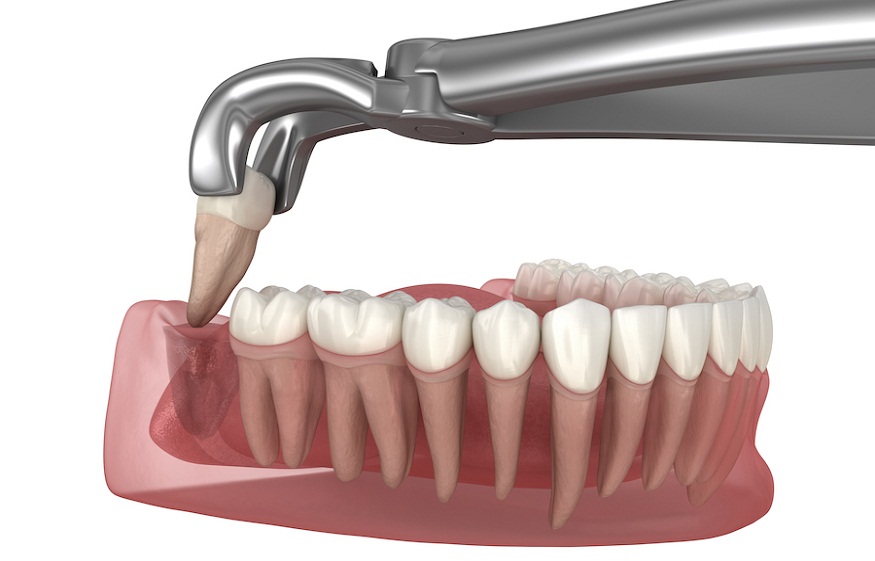Wisdom teeth have a knack for arriving late and stirring trouble. The question most people ask is not if they should come out, but when. Timing matters because the roots lengthen with age, the bone becomes denser, and recovery can stretch out if you wait too long. On the other hand, rushing in without a clear reason is unnecessary. This guide sets out the practical window for removal, how dentists decide, and what different age groups can expect.
Why Timing Affects Difficulty and Recovery
Third molars usually form during the teen years and erupt between 17 and 25. Earlier removal often means shallower roots, more flexible jawbone, and fewer complications. As years pass, roots curve and anchor more firmly. That can increase surgical time and mild risks like dry socket or temporary nerve irritation. Recovery also tends to be smoother in late adolescence and early adulthood, when general healing is brisk.
The Best Age Range
For many Australians, the ideal window sits around 17 to 21. By this stage, a dentist can see full root development on an X-ray and judge the tooth’s angle. If a tooth is impacted, pushing into the molar in front, or trapped under gum and bone with no space to erupt, removing it sooner rather than later prevents repeat infections and crowding. If the tooth is straight, cleanable, and not pressing on anything, it may be watched with regular checks.
A sensible rule: remove early when there is clear pathology or a high risk of it developing, and monitor if the tooth is healthy and accessible for cleaning.
How Clinicians Decide
Decisions are based on three inputs: symptoms, imaging, and the mouth’s layout.
- Symptoms: pain, swelling, bad taste, or gum infection around the back molars signal a problem. Recurrent pericoronitis is a strong nudge toward extraction.
- Imaging: panoramic or CBCT scans reveal root length, curvature, proximity to nerves, and available space.
- Layout: narrow jaws, tooth crowding, or a wisdom tooth tilting forward raise the chance of decay on the second molar and gum pocketing.
If you are in late high school or early and already dealing with infections, your dentist will likely recommend Wisdom teeth removal Melbourne during a break when you can rest for a few days.
Age-By-Age Expectations
| Age range | What dentists often see | Typical approach |
| 15–16 | Roots developing, positions predictable on X-ray | Early review; intervene only for cysts, severe crowding, or orthodontic needs |
| 17–21 | Eruption or impaction declared; roots not fully thickened | Common window for planned removal if impacted or symptomatic |
| 22–30 | Established roots; bone firmer | Removal still routine; slightly longer recovery for some |
| 30+ | Fully anchored roots; higher chance of gum issues around second molars | Case-by-case; remove when symptomatic, decayed, or harming adjacent teeth |
None of these boxes are absolute. People heal well at all ages with good care, but the path is usually gentler if problems are addressed early.
Signs the Timing Is Right
Ask yourself: Am I getting repeated gum flare-ups at the back? Is food constantly trapped around the last molar? Has my dentist spotted decay starting on the tooth in front due to a tilted wisdom tooth? Any of these push the decision toward removal. Athletes, FIFO workers, and people planning pregnancy often prefer to sort impacted teeth in a calm period rather than during a crunch time.
Recovery and Seasonal Planning
Plan for two to three days of lighter activity. Most healthy adults are back to study or desk work within that window, though high-intensity sport might wait a week. Cold packs, over-the-counter pain relief, and careful oral hygiene are your friends. Many uni students book treatment during mid-year or summer breaks for convenience.
Cost, Value, And Local Context
Australians rightly look at dollars as well as comfort. Hospital-based surgery can cost more than chairside removal with local anaesthetic. Shopping only on price is risky, though; experience and imaging quality matter. If you want a starting point for local options, ask providers about imaging, anaesthetic choices, and after-hours support.
Fees vary with tooth position, impaction depth, and sedation. A clear fee estimate and item numbers make private health claims smoother. For reference on payment pathways and rebates, Wisdom teeth removal cost Melbourne outlines common financing approaches. If you are comparing quotes, ensure each includes imaging, surgical time, sedation if needed, and follow-up.
People often search for the wisdom teeth removal Melbourne cost to set expectations before a consult. That is reasonable, but let your X-ray guide the final numbers. Deeply impacted lower molars near the nerve can be more complex than a partially erupted upper molar that lifts out in minutes.That said, age alone does not dictate the.
Looking for cheap wisdom teeth removal Melbourne? Clinics sometimes advertise a headline figure. Read the fine print and check whether it covers all four teeth, or per tooth, and whether sedation is extra. Some practices highlight Wisdom teeth removal price Melbourne ranges; use these as a ballpark until your scan confirms the plan.
Practical Steps Before You Decide
- Get a current panoramic X-ray. It answers most questions about timing in one image.
- Discuss anaesthesia. Local anaesthetic suits many cases. Others prefer twilight sedation for comfort.
- Choose the season. Line up a few quiet days after surgery and arrange someone to drive you if sedated.
- Plan aftercare. Stock soft foods, saline rinse, and any scripts your clinician recommends.
- Ask about risks. Dry socket prevention, nerve safety, and sinus care for upper molars should be covered in plain language.
The Bottom Line
For most people, late teens to early twenties is the best time to remove impacted or problematic wisdom teeth. The roots are shorter, the bone is kinder, and recovery is typically quicker. If budget is tight, you can still find affordable wisdom teeth removal Melbourne options through community dental clinics, university teaching centres, or practices offering staged treatment. Just make sure any lower price does not compromise on imaging, sterility, or post-op care.
A symptom-free, upright tooth that you can clean well may never need surgery. Work with your dentist, trust the imaging, and pick a moment that suits your health and schedule. Good timing is not only about the calendar; it is about choosing a period when you can prepare, recover well, and return to daily life with a clear head.

